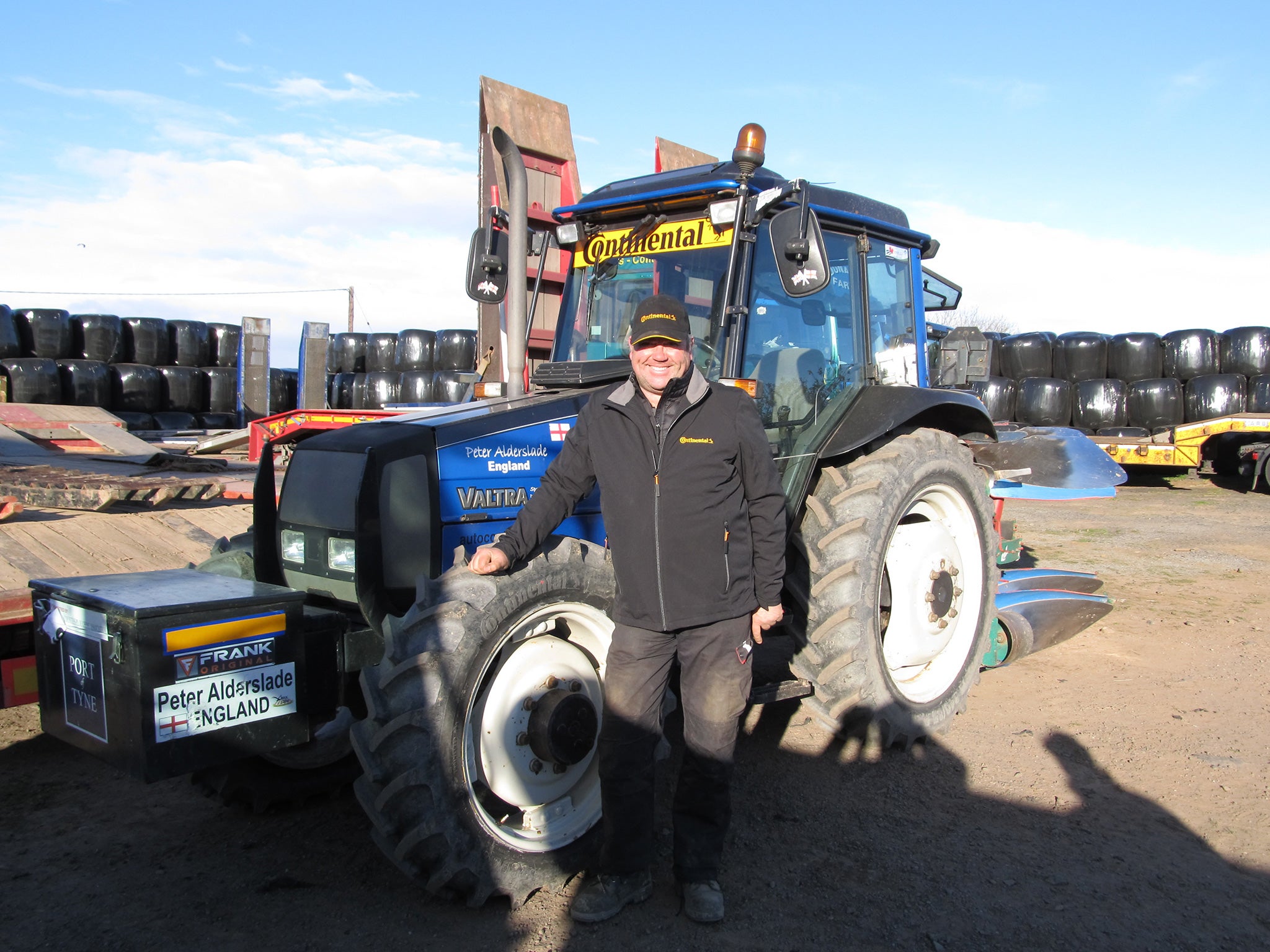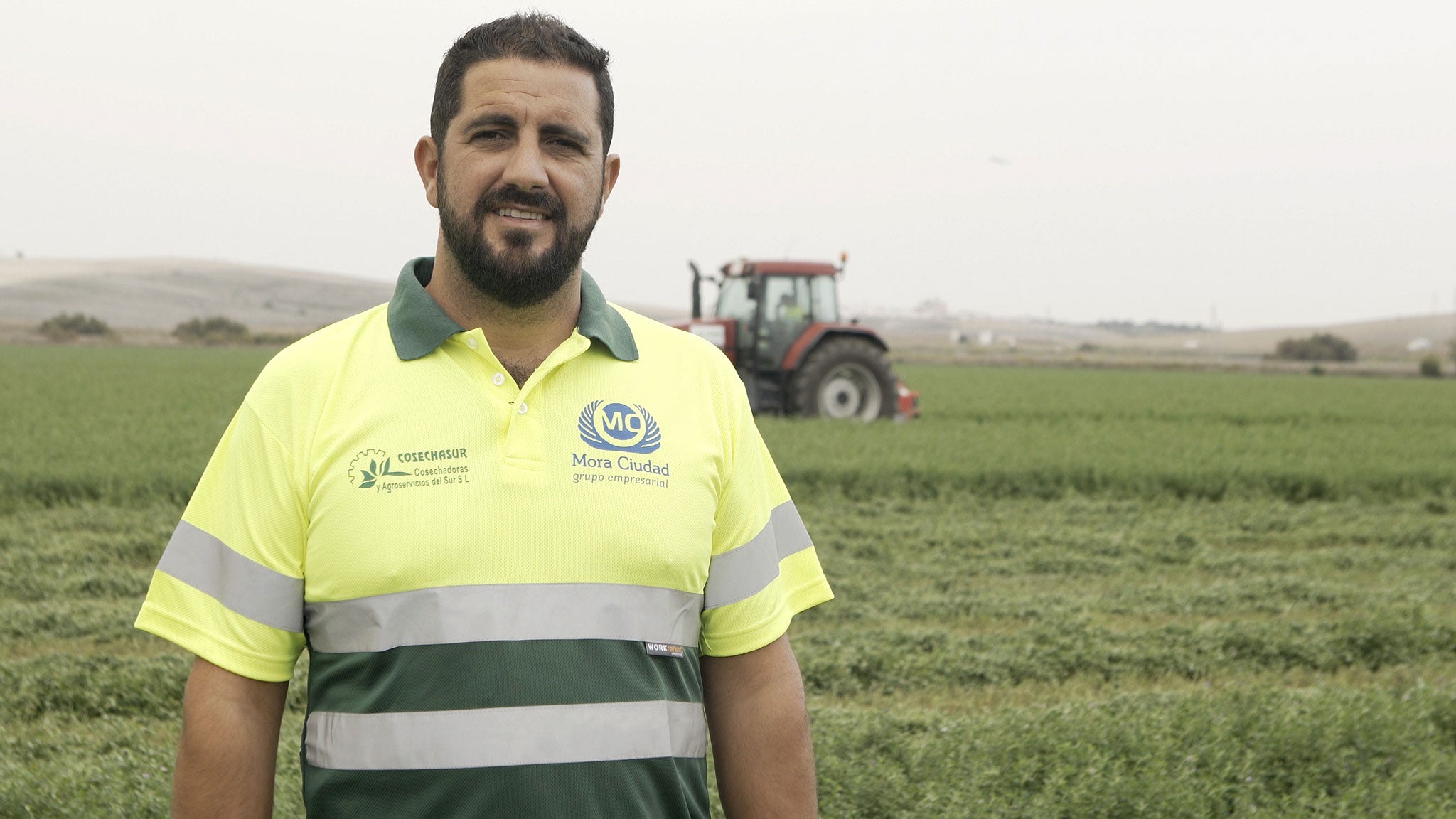
Visit Continental Tires in your country for local vehicle fitment
# Customer Stories
A Princely Tire Test
Theo Gültlinger
There is an old farmers’ saying in Germany: “The smaller and finer the checks on your shirt, the bigger your farm in hectares.” If that really is the case, then Theo Gültlinger – operations manager for the Thurn and Taxis estate management team in Hellkofen – would wear shirts with very fine checks indeed. Gültlinger, who was born in Heilbronn, and his team of four employees, two apprentices and seasonal workers manage a total of 1000 hectares in Aufhausen, to the southwest of the Bavarian Forest between Regensburg and Straubing. “I have been the estate manager for the Thurn and Taxis family for the past 34 years,” says Gültlinger. “In addition to sugar beet, which we cultivate in rotation with winter wheat, our mainstay is the potato.”
This highly nutritious tuber is regarded to this day as the king of the crop. It was introduced from South America to Europe in the 16th century and was initially greeted by Europeans with some skepticism. A tuber that grows underground - surely that must be the devil’s work! In Gültlinger’s native Germany, the potato did not flourish in popularity until after the Thirty Years' War. This was thanks not least to Frederick the Great’s “Potato Edict”, where everybody was ordered by royal decree to plant potatoes. To this day, historians believe that the potato played a vital role in Brandenburg-Prussia’s transformation into the continent’s leading industrial power.
We have been extremely happy with the Tractor85
Theo Gültlinger, operations manager for the Thurn and Taxis estate management team in Hellkofen
Today, the average German eats more than 50 kg of potatoes every year. In Latvia, Poland and Greece, the per-head consumption of potatoes exceeds 100 kg. But it’s the Russians who top the table, with a per-head consumption of some 250 kg per year. Gültlinger harvests around 6,000 tonnes of potatoes every year. The principal customers are the big supermarket chains. In the Regensburg region in particular, his “princely potatoes” are also served up during major events and festivities.

Hellkofen lies on the border where the Gäuboden region meets hilly tertiary terrain, a region covering a range of soil types – from silty and mineral-rich to a high clay content. Self-cleaning properties and traction are the most important properties required of the tires fitted to the tractors, grubbers and potato combine harvesters used to gather the crop. And for the longer distances that the tractors cover by road when transporting the potatoes from field to farm, smooth, comfortable running is vital. This is a balancing act that the Tractor85 pulls of with ease.
“We have been extremely happy with the Tractor85,” says Gültlinger. He is one of 55 test customers throughout Europe – from Portugal to Finland – that Continental has supplied with the standard tires of this new premium radial tire portfolio since the beginning of 2017. Since then, the estate management team in Hellkofen has been using this tire on its tractors both when harvesting grains and tubers and when spraying crop protection products on potatoes, beets and onions.





